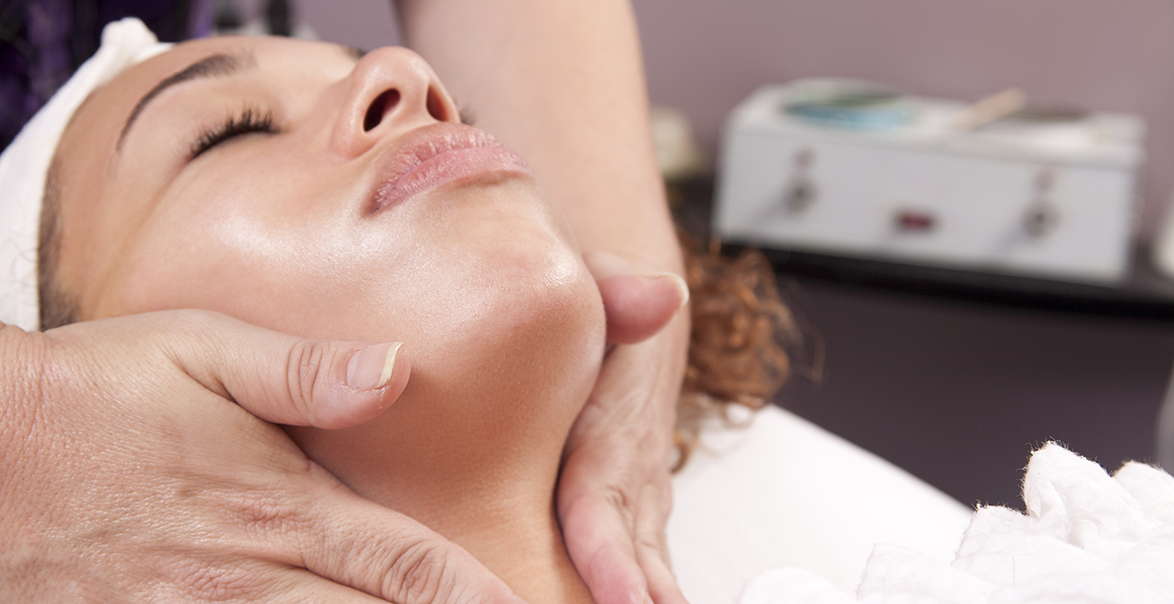How to become a medical esthetician? Where do you start? Well, first things first, he or she may pursue cosmetology certification or a similar training program. A person who’s interested in this will need a high school diploma or GED. It’s usually necessary to have a license. The written exam is administered in many jurisdictions, and some states require a practical test as well.
What Is a Medical Esthetician?
State board-recognized aesthetician is a term used to describe a licensed skin care expert who works in hospitals. They offer skin care treatment and makeup suggestions to individuals who have suffered from any kind of sickness, injury, or operation that has altered their appearance. A medical aesthetician must have a state-approved cosmetology program and study skin diseases and treatments while training. Aestheticians must be licensed in all states (with the exception of Connecticut), which generally entails passing a written and sometimes a practical, examination.
How to Become a Medical Esthetician
- Check the eligibility requirements for your state
- Choose a medical cosmetology program that fits your goals
- Take advantage of internships and volunteer work while completing your training
- Become a licensed medical aesthetician
Attend Medical Esthetician School
To enroll in cosmetology school, you must have a high school diploma or GED certificate. Each state’s board of cosmetology vets appropriate training programs that last nine months and result in diplomas or associate degrees. Students study subjects such as skin care treatments, facials, microdermabrasion, and specialized masks and hair removal.
There are no specific medical aesthetician schooling standards, but some applicants study biology, anatomy, and other science courses at the college level in addition to their aesthetician studies. Some people could participate in a 1,200-hour aesthetician training course that covers the most up-to-date scientific and technological breakthroughs. A beauty school background will help you prepare for the licensure exam, but working or volunteering in a medical setting will provide you with important practical knowledge and skills.
Earn a License
If you’re interested in getting a career as an aesthetician, you’ll need to complete a four-year school program and then get licensed. Although the process varies by state, most candidates must finish an authorized cosmetology education and successfully pass a state licensing exam that includes a written test and, in some states, a practical exam.
Career Information for Medical Estheticians
Medical aestheticians operate in hospitals, doctors’ offices, care centers, and other healthcare settings. Medical peels, exfoliations, and photo light facials are among the treatments that medical aestheticians may do under the supervision of a plastic surgeon or dermatologist. They also apply prescription skin care products and treat wounds for patients who have recently undergone surgery.
These professionals help people who are undergoing surgery or receiving medical treatments on their skin at hospitals and clinics. They educate injured persons about how to conceal facial edema, discoloration, and loss of hair using cosmetics. Some medical aestheticists work with patients before and after surgery to teach them how to clean and care for sensitive skin, as well as how makeup may conceal damaged regions, such as burned facial skin. Aestheticians in the medical field also comfort patients and help those receiving long-term therapy boost their self-esteem.
Salary Information
The employment of skin care specialists is expected to grow much faster than the national average, by 17% from 2019-2029, according to the U.S. Bureau of Labor Statistics (BLS). In 2019, skin care specialists earned a median yearly salary of $34,090 per year, according to the BLS. The highest salaries were earned by those working in outpatient care centers, hospitals, and offices of physicians.
When they have completed a state-approved cosmetology program and passed the state’s licensing test, estheticians throughout the country may work in a variety of settings. They must complete a state-approved cosmetology curriculum and pass the state’s licensing exam to be authorized. The employment outlook for aestheticians is slightly brighter than average over the next decade. As the population ages, demand for aestheticians’ skills and assistance due to disfigurement from injury, sickness, and surgery is anticipated to rise.
How to Become a Medical Esthetician at NIMA
The National Institute of Aesthetics is the United States’ most prominent source of aesthetic surgery training. Our group of physicians, aesthetic nurses, estheticians, and business experts provides our students with an unrivaled learning opportunity. Our experience distinguishes us as an aesthetic institute—for more than a decade, we’ve run and owned successful med spas throughout the country. We utilize our operational expertise to develop the most up-to-date and effective curriculum for you.
When we say “real-world application,” we aren’t kidding. Thousands of estheticians, technicians, business owners, and physicians across Salt Lake City have benefited from our programs because they helped them enhance their clinical results and maximize the success of their businesses.
NIMA’s Aesthetics Education and Training curriculum is designed to educate students in the principles of aesthetic medicine, as well as cosmetic procedures such as hair dyeing. Our esthetic-based courses include:
- 900 Hour Nevada Esthetics
- 1200 Hour Utah Master Aesthetics
- 750 Hour Utah Master Aesthetics
- Online Utah Master Aesthetics
- Comprehensive Laser
Do you want to enroll in a nationally accredited esthetic school in Utah? NIMA Institute is the place to go! With NIMA’s numerous courses, including Utah’s 1200 Hour Master Esthetics and Utah’s 750 Hours Master Esthetics, you may become a licensed aesthetician.
Another great benefit of NIMA is that they provide online courses to students all across the country. NIMA’s comprehensive curriculum will teach you how to pursue a career in the beauty industry. Many people pursue NIMA Institute’s MBA program because it will provide them with the knowledge and skills they need to succeed in their new cosmetic job. Many individuals enroll at NIMA University over other institutions because of its good name and world-class instruction. Throughout our website, you’ll learn more about the courses we have to offer at our Utah (esthetics school) aesthetician schools (Salt Lake premier esthetics school).
Final Thoughts on How to become a medical esthetician
In conclusion, esthetics is a process of skin care that uses several techniques to cleanse, exfoliate, and moisturize the skin. Aestheticians are state licensed health and wellness professionals who have completed a course of education and passed specific state written and practical examinations to earn licensure through their state board of cosmetology or department of health.
If you’d like to learn more, please visit our website or give us a call today! You can even read, How to find esthetician schools near me for more details!





